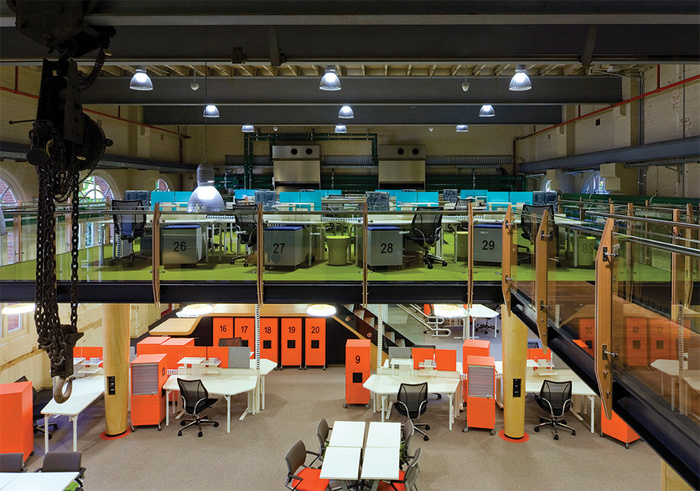
Changing Gears: Understanding the Drivers and Objectives of Workplace Change
Anyone who has worked in an office environment for the last decade can attest to the noticeable difference in the workplace of today versus five or ten years ago – changes in how the workplace looks, feels, and how it operates. And with a robust set of micro and macro forces changing what we do and how we do it, transformations to the physical workplace have only just begun.
Developments in external and internal business environments are continuously driving physical workplace changes. These developments include:
- Increased mobility: Workplace ICT (Information and Communications Technology) allowing employees to work anywhere at any time
- Global competition: The demands of the work and diversification in business processes and procedures to remain competitive in a global market
- Demand for flexibility: The need for flexibility driven by demographic changes and work-life balance preferences
- Reductions across the board: The need to reduce costs including real estate and energy costs and foster sustainability
- Distribution of work: The dispersal of work and employees being able to work anywhere and at anytime
- Relationships rule: The customer/client relationship and a general increase in responsiveness
- The war for talent: Increased workforce competition and the need to attract and retain top employees
In response to the above change drivers, organisations are adopting flexible or agile ways of working inside and outside of the physical workplace. For workplace change to be effective, organisations need to understand the reasons as to why they are embarking on the change: what are they hoping to achieve and improve from an employee and business perspective?
These reasons feed into the ‘objectives’ of the workplace change which need to be supported by senior leaders and communicated to employees. In a structured change management program, these objectives should also be evaluated to demonstrate the success of the change: objectives relating to the organisation, teams and individual employees.
Below are some examples of objectives identified by organisations that have recently engaged in flexible or agile working:
- Maximising the real estate potential + reducing energy and paper usage
- Ensuring the workplace is most effective and relevant in the long-term
- Fostering flexibility and mobility + providing choice of where and how to work
- Encouraging collaboration and knowledge sharing
- Promoting trust and empowerment in all employees
- Fostering team work and communication
- Creating a more egalitarian environment and breaking down silos
I recently read a pre and post occupancy evaluation on an organisation that had moved to activity-based-working (ABW) in which increased workforce ‘mobility’ (more employees changing work positions throughout the day) was presented as a positive outcome to the workplace change. In evaluating the success of this ‘outcome’ we must ask ourselves, is increased mobility an actual objective of the workplace change? If so, how can we be sure that it’s related to positive outcomes (e.g. increased movement and collaboration) and not negative outcomes (e.g. increased distractions and feelings of isolation)?


























